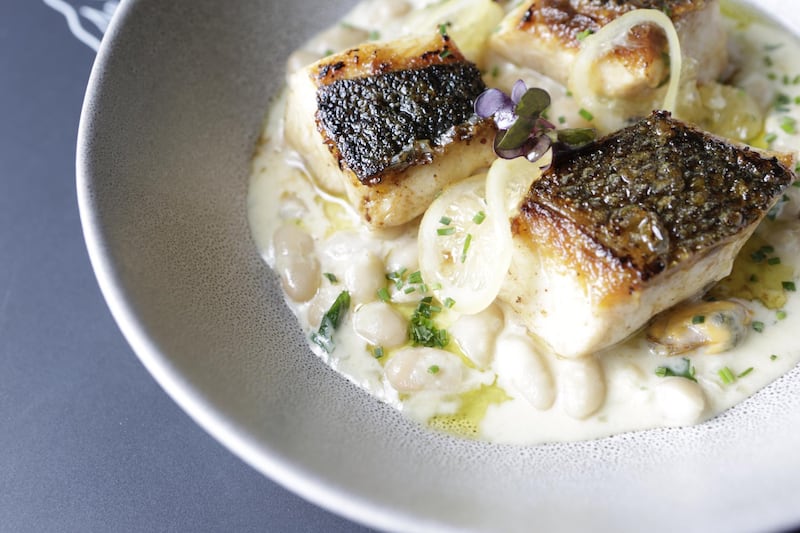"At its root, All'Onda is an Italian restaurant," begins chef Chris Jaeckle when we meet on the sixth floor of the newly opened Emerald Palace Kempinski Dubai on The Palm Jumeirah's West Crescent. "We take our influences from Venetian cuisine because that was the trade hub for hundreds of years. It's where all spices entered Italy, and we use that lens to interpret what Italian food is."
Thankfully for Dubai, a city that’s already brimming with Italian restaurants, that’s only the beginning of the story. For as much as All’Onda has Italian cuisine at its core, the other part of its culinary soul is from a land much further east. “The second element is the Japanese side and that is the meaty portion of the story, where these two cuisines come together,” explains the New York-born chef, who can claim alumni status from both Masaharu Morimoto and Michael White.
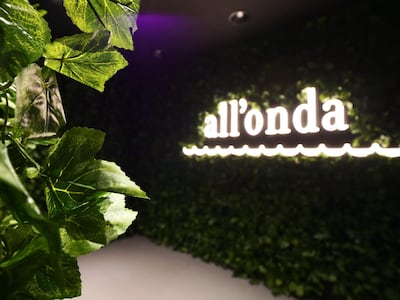
Italy meets Japan
The coupling of the two cuisines is a notion that Jaeckle flirted with for years before he firmly stuck his neck on the line and opened the New York outpost of All’Onda. “When I went to work with Masaharu Morimoto, we got talking about food and – having worked at Tabla, one of the most influential Indian restaurants in America, and with French and Italian experience, too – I’d make suggestions. He always listened, but I noticed that any time I mentioned Italian food, his ears would really perk up.”
When Jaeckle moved to work in chef White’s pasta empire, he noticed a similar story. “As we got to know each other, I realised how much Michael loved Japanese food.”
Having worked for two world-renowned chefs, both of whom displayed a passion for Japanese and Italian fare, Jaeckle realised there was something there. He began to delve deeper into the topic, and what he discovered was that Japan’s rice and sushi-laden gastronomy landscape had a lot more in common with Italy’s tomato and pasta-driven culinary picks than people realised.
“It’s really stunning to me how similar these cuisines are and the fact that no historian or chef has ever said: ‘We should talk about this,’” says Jaeckle. “For me, it’s now all about changing perceptions. People come here [to All’Onda] and they think it’s going to be weird, and that is my biggest challenge as a chef.”
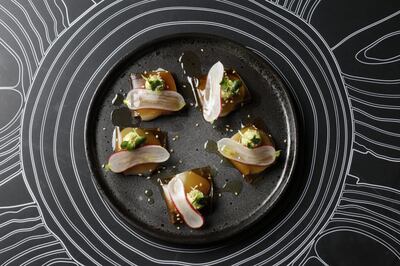
A story of similarities
As part of this self-imposed mission, Jaeckle launches into our East-meets-West education. “The first point is that the two cuisines are [about] three or four ingredients: one fresh element, one really aged element and an element to round it out.” That aged element is the base of each cuisine, and it’s something that can take years in preparation. In Japanese dishes, soy sauce works as the flavour base and in Italy, a similar result is achieved using Parmesan.
At All’Onda, the core stock is a cheese dashi, which uses the rinds from a Parmesan wheel crafted in a traditional dashi style. “It tastes of Italy and it tastes of Japan,” says Jaeckle with a smile. “It’s pretty special.”
Next on the lesson plan is how the cuisines are scientifically similar – something that boils down to the world of glutamates. "Parmesan? Chock-full of glutamate. Mushrooms? Full of glutamate. Truffles, tomatoes … the scientific core of all Italian cuisine is glutamate or umami," explains the chef with an enthusiasm that outshines what, in any other setting, would be a dull subject matter. "And the scientific core of Japanese food?" he fields, with a grin. "Come on – they literally coined the term umami."
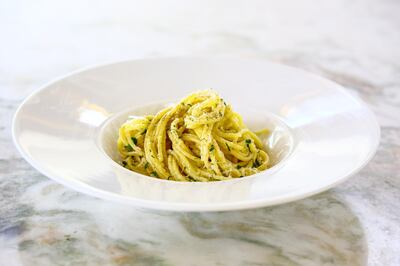
OK, so the base components and scientific make-up are similar, but what about the top level? It’s even more obvious, according to the award-winning chef. “We can talk about tortellini from the Tuscan region – it’s deeply boiled noodles in bone broth. Look at ramen broths in the northern region of Japan – deeply boiled bone broth.
“Or let’s take sardines in soar – one of the most classic dishes in the Venetian region. It’s essentially a small fish, flash-fried and marinated in vinegar. That is exactly what every sushi fish on the planet is. The exception being they don’t fry it, but they do burn the skin.”
And the parallels go deeper still. “The latitude of these countries are very similar,” says Jaeckle. “They’re both surrounded by water, there are mountainous regions, coastal regions, beaches. It’s so amazing.”
Having arrived at All'Onda with no perception of what linked Japan with Italy on a culinary spectrum, I was feeling well and truly schooled. But Jaeckle was not finished. "I'm only scratching the surface here," he laughs. "I'm talking about things that everybody has heard of. I'm not getting into things like how udon is made in comparison to how pappardelle are made; honestly, we could get into it for hours."
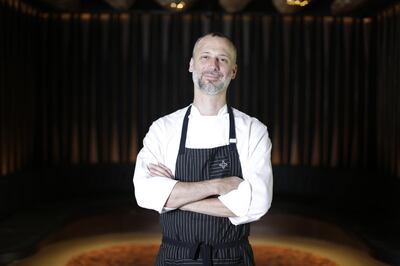
Enter Dubai
So with such a perfect pairing of the two cultural hemispheres, what qualifies Dubai, which (it could be argued) belongs to neither, as the best place to embrace the culinary pairing? “As a born and raised New Yorker, for me, there’s no standing still, and I like that Dubai seems to have a constant desire to keep pushing forward and do things no one else has,” replies Jaeckle. “People here, at least from a restaurant perspective, seem more open to experiencing things outside of the box.”
But wasn’t launching an Italian-Japanese restaurant in a Middle Eastern city a logistical nightmare? It would seem not. “The Japanese ingredients were easier to find than the Italian ones,” notes the chef, “and that’s down to brands like Nobu and Zuma being here already. Italy was a little more trial and error, but also a lot of fun. I couldn’t get chillies cured in oil, so we had to source the chillies and make our own Calabrian chilli oil. And I had to get six different brands of tomatoes and try them all out to see which one I liked – that was cool.”
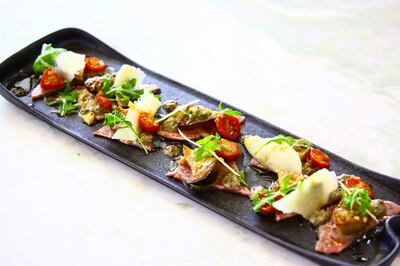
Staying sustainable
Sustainability, on the other hand, has been more of a challenge. Having vetoed a request for Chilean sea bass on the menu because of its inclusion on the endangered species list, Jaeckle and his team look carefully at where they source produce from, but it’s not easy.
“I struggle with sustainability,” he admits. “We source from places we think are sustainable, but the entire process is so unregulated that it is a real challenge.”
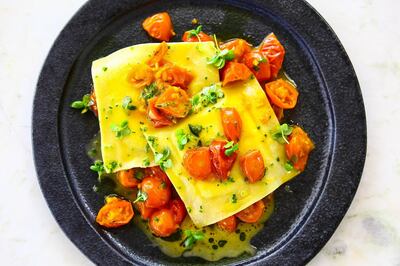
For would-be diners, what does the final menu at All’Onda Dubai have to offer? “You have to try our crudo selection; it’s really special and the flavour profiles are really strong,” says Jaeckle. “Our pasta programme is also really solid, we make everything in-house and import flour from Italy, so it’s wholesome, less processed and doesn’t leave you feeling heavy.”
And when it comes to dessert, the chef’s pick is the green tea miso, an All’Onda take on the classic tiramisu that, much like the rest of Jaeckle’s Italian-Asian fusion menu, is nowhere near as weird as one might think.
_________________________
Read more:
[ 5 new restaurants to visit in Dubai ]
[ Spoilt for choice: the UAE's growing love affair with Latin American food ]
[ Inside Hell's Kitchen Dubai - one of the emirate's hottest new culinary establishments ]
_________________________
